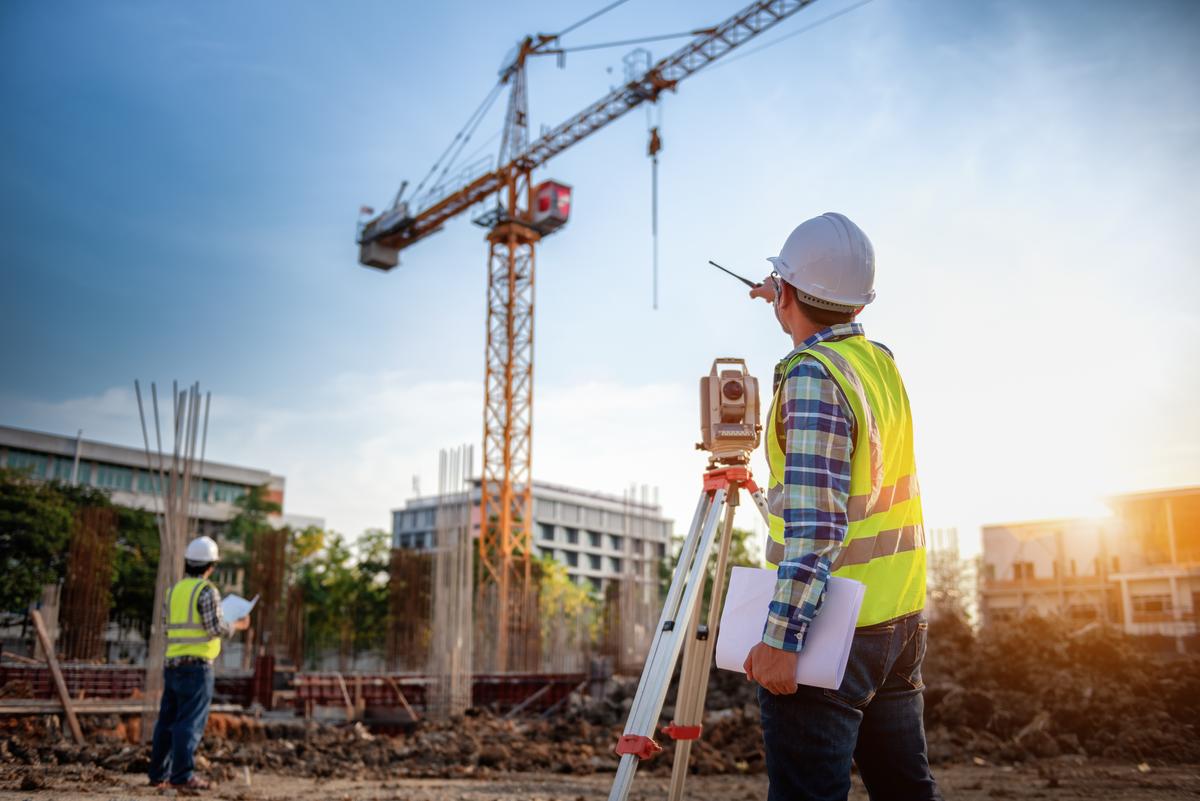
Construction Planning: A Blueprint for Successful Project Execution
Introduction
Construction planning is a fundamental process that lays the foundation for the successful execution of any construction project. It involves the meticulous organization, coordination, and sequencing of tasks and resources to ensure efficient project delivery within specified timelines and budgets. In this article, we will delve into the importance of construction planning and highlight key elements that contribute to a comprehensive and effective construction plan.
The Significance of Construction Planning
Construction planning serves as a roadmap for the entire project lifecycle. It establishes the framework for project management, resource allocation, risk mitigation, and communication among stakeholders. Effective construction planning provides clarity, identifies potential challenges, and enables proactive decision-making to achieve project goals while minimizing delays, cost overruns, and disruptions.
MG Fond Progress aims for a structure that adapts to the urban fabric and meets the needs of future generations. Energy efficiency and effective use of natural resources are among the core values of MG Fond Progress. Construction plan, a pioneering design approach and advanced engineering Combined with its principles, it aims to take an important step for a sustainable and contemporary city life.
Key Elements of a Construction Plan
1. Project Objectives and Scope: Clearly define the project objectives, including the desired outcomes, deliverables, and client expectations. Outline the project scope, detailing the specific tasks, milestones, and timeline for completion. This establishes a clear direction and helps stakeholders understand the project's purpose and boundaries.
2. Project Team and Roles: Identify the key project team members, their roles, and responsibilities. This includes the project manager, architects, engineers, contractors, subcontractors, and any other relevant parties. Clearly define the communication channels and reporting structures to facilitate effective collaboration and decision-making.
3. Project Schedule: Develop a detailed project schedule that outlines the sequence of activities, their duration, and the dependencies between tasks. This allows for efficient resource allocation, minimizes idle time, and ensures timely completion of the project. Regularly update and monitor the schedule to accommodate changes, mitigate risks, and maintain project momentum.
4. Resource Allocation: Assess the required resources for the project, including materials, equipment, and labor. Identify potential resource constraints and plan accordingly to ensure their availability when needed. Optimize resource allocation to maximize efficiency and minimize costs, considering factors such as availability, cost-effectiveness, and quality.
5. Risk Management: Identify potential risks and develop a comprehensive risk management plan. Evaluate both internal and external risks, such as weather conditions, labor shortages, material availability, and regulatory compliance. Establish mitigation strategies, contingency plans, and a framework for monitoring and addressing risks throughout the project lifecycle.
6. Quality Assurance: Define quality standards, specifications, and inspection protocols to ensure that the construction work meets or exceeds industry standards and client expectations. Incorporate quality control measures at each stage of the project, conduct regular inspections, and establish feedback loops to address any deficiencies promptly.
7. Communication and Stakeholder Engagement: Establish a robust communication plan to facilitate effective information flow among all project stakeholders. Regularly update stakeholders on project progress, address concerns, and maintain transparency. Encourage collaboration and engagement to foster a positive project environment and align expectations.
8. Budget and Cost Control: Develop a detailed project budget that accounts for all project-related expenses, including materials, labor, permits, and contingencies. Monitor costs throughout the project and implement cost control measures to prevent budget overruns. Regularly review and adjust the budget as necessary to ensure financial viability.
Conclusion
Construction planning is the backbone of a successful construction project. By establishing clear objectives, defining roles, developing comprehensive schedules, optimizing resource allocation, managing risks, ensuring quality, and fostering effective communication, construction planning sets the stage for efficient project execution. It enables stakeholders to navigate challenges, make informed decisions, and achieve project goals while maintaining timelines and budgets. Emphasizing construction planning as a critical step in the project lifecycle sets the foundation for a successful and seamless construction process.